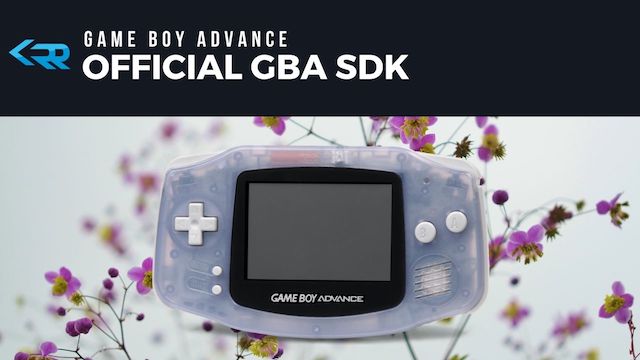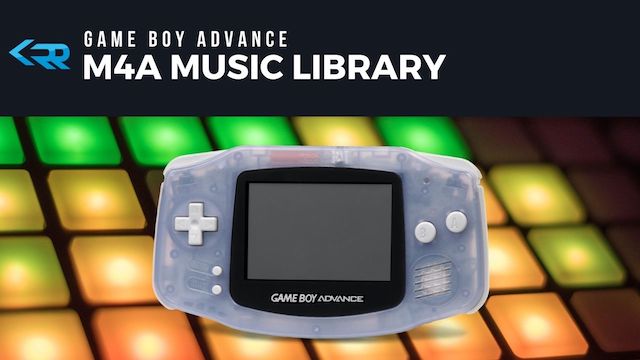
Welcome to our page dedicated to Game Boy Advance reverse engineering! The Game Boy Advance was a popular handheld gaming console that was released in 2001, and has since become a favorite of gamers around the world.
If you’re interested in learning more about the technical aspects of this console and how it works, you’ve come to the right place. On this page, we’ve compiled a list of links to other pages that cover various topics related to Game Boy Advance reverse engineering.
Whether you’re interested in understanding the hardware architecture of the console, analyzing game code, or exploring the many mods and hacks that have been created by enthusiasts over the years, you’ll find a wealth of resources and information on the pages we’ve linked to.
So grab your Game Boy Advance, and get ready to dive into the exciting world of Game Boy Advance reverse engineering!
Copetti.org has an excellent page on the hardware Architecture of the Game Boy Advance, it is also a great introduction to the system:
Game Boy Advance Architecture - A Practical Analysis
Check out this excellent introduction to the GBA hardware
The GameBoy Advance uses a 32-bit RISC CPU (ARM7TDMI) running at 16.78 MHz known as the AGS-CPU-11, for really low level detail for how this CPU works at a hardware level check out the Schematics:
gb-schematics/AGS-CPU-11.pdf at master · Gekkio/gb-schematics · GitHub
Much to the annoyance of Nintendo, Game Boy Advance emulators were released before the console was even launched! Developers managed to get their hands on early development kits and managed to build and release the first known GBA emulator known as GBAEmu in September 2000 1! It was able to play the official SDK Demo’s such as Yoshi’s Island 2.
Nowadays GBA emulators have such high compatibility that pretty much all commercial games work without much trouble even on low end hardware.
Bruno Macabeus has an excellent write up about reverse engineering the GBA game Klonoa: Empire of Dreams. The comprehensive guide covers the GBA architecture and ARM assembly, detailing the process of locating level data to build a custom level editor.
Star Cube Labs has an excellent write up about reverse engineering the Game Boy Advance title Pokémon Mystery Dungeon: Red Rescue Team. It covers the fundamentals of the ARM and Thumb instruction sets, setting up a Ghidra workflow for static analysis, and using emulator debugging features to trace game logic and memory values.
Matt Greer’s Blog has an excellent write up about reverse engineering the Nintendo e-Reader’s internal compression routines. It covers locating the DecompressVPKorNonVPK function within the ERAPI table, analyzing the ARM assembly to decipher parameter requirements, and utilizing the built-in VPK0 decompression to optimize storage for homebrew projects.

Official Development Kit Hardware The Game Boy Advance official development kits were incredibly similar to the original Game Boy and Game Boy Color devkits. In fact they reused the same... ...

Introduction This page covers release 3.0 of the english software development kit, but the other versions are very similar to this. It is unclear if this was the last release... ...

Version 3.0 of the Game Boy Advance Software Development Kit (SDK) was leaked on to the internet for everyone to enjoy. There are some very interesting findings in this SDK,... ...

Introduction What is the M4A Library? The M4A library otherwise known as Make SoundCodes for AGB (MKS4AGB) is used to play sound on the Game Boy Advance. Where can I... ...

Blib sample (/blib_sample) This folder contains File Name Extension Description DacsTest .c, .o Data .c, .o EepromTest .c, .o FlashTest .c, .o Main .c, .h, .o... ...

Introduction In the Game Boy Advance SDK Version 3.0 the source code for a variety of tools are available to learn from and modify. These tools all have a command... ...

Nintendo has has many data leaks in the past, but none as huge as the original Oman Archive of the late 90s or the Gigaleaks of 2020. This post is... ...

The Paladin leak occurred on the 30th of September 2020 and included about 2.4GB of content related to the Nintendo IRIS and Pokemon spinoffs. This was the third Nintendo leak... ...